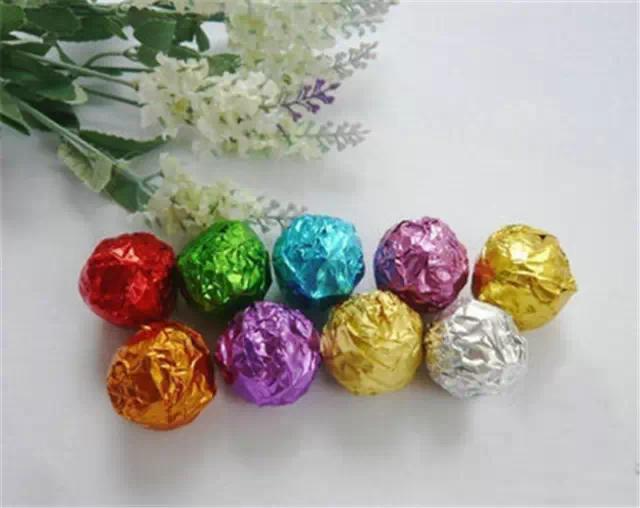The most comprehensive home cleaning tips in history, if you miss it, it will be your loss!
Everyone loves a clean and tidy home, but when it comes to housework, many people dislike it. It's tedious and difficult. But when money's tight and you can't hire a cleaning professional, doing it yourself becomes inevitable. Use these tips to make cleaning easier!
Part 1. Furniture gets a new look
The furniture is bright and beautiful, and even if the environment is a little messy, the home will feel fresh and clean. No special tools are needed, as long as the milk that has spoiled or the overnight tea that cannot be finished at home is enough to deal with it.

1. Overnight tea
Overnight tea, while not suitable for drinking, is an excellent way to maintain furniture. If painted furniture gets dusty, wipe it with gauze wrapped in slightly damp tea leaves, or wipe it with a dry cloth dipped in cold tea. This will leave the furniture extra shiny and bright. However, after wiping the furniture with tea, remember to wipe it off with a slightly damp cloth dipped in clean water. Tea often leaves stains, and residue on the painted surface can affect the furniture's original color.
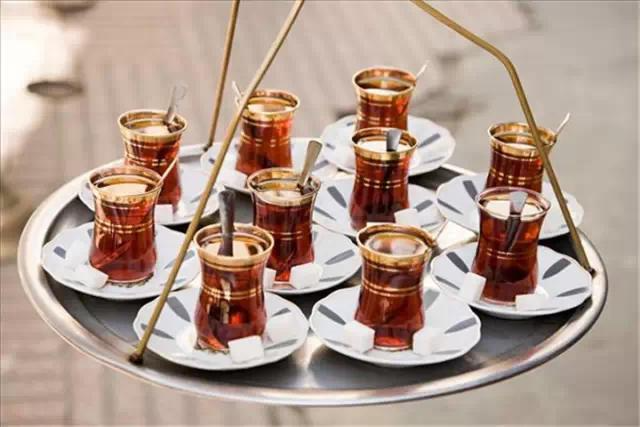
2. Expired milk
If milk is expired and can't be drunk, don't throw it away. Use it to maintain furniture. Dip a clean rag in the milk, then use it to wipe wooden furniture like tables. This will not only remove all dirt but also leave the furniture exceptionally shiny. Remember to wipe it again with clean water to prevent any residual milk odor. This method works on a variety of leather, lacquer, marble, and polyboard furniture.
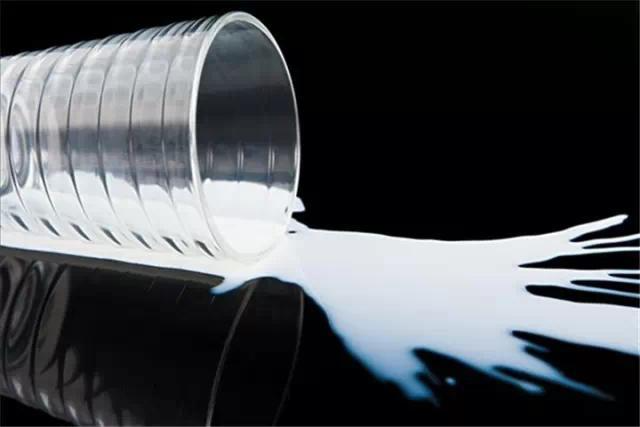
3. Toothpaste
White paint on furniture will yellow over time, not only looking worn but also feeling unfresh. You can use a rag dipped in toothpaste or tooth powder to gently apply it. The toothpaste's bleaching properties can help the paint turn from yellow to white. However, be careful not to rub too hard, as the abrasives in the toothpaste and tooth powder can wear away the paint and damage the surface. (Alternatively, mix an egg yolk, apply it to the furniture, and wipe it clean with a dry cloth.)
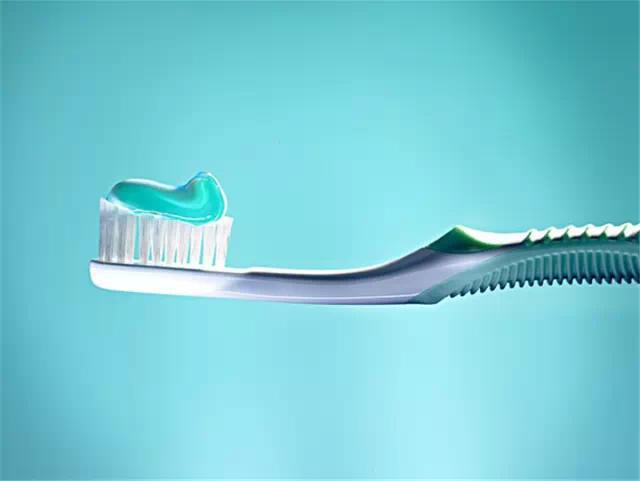
4. White vinegar
White vinegar, used in cold dishes, can help remove stubborn stains, even mildew stains from the rainy season. Mix white vinegar and hot water in a 1:1 ratio and gently rub the stain on the surface of the furniture. For stubborn stains, let the vinegar sit for a moment before rubbing vigorously with a soft cloth. This is because acetic acid softens stains and releases them from the surface. This method is suitable for maintaining mahogany furniture and cleaning other furniture contaminated by ink stains.
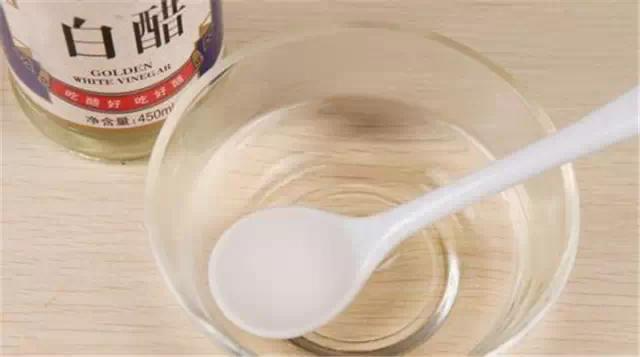
5. Rice vinegar
Add 1/4 of rice vinegar to half a cup of water, dip a soft cloth in this solution and wipe the wooden furniture, and the gloss will be restored in minutes.
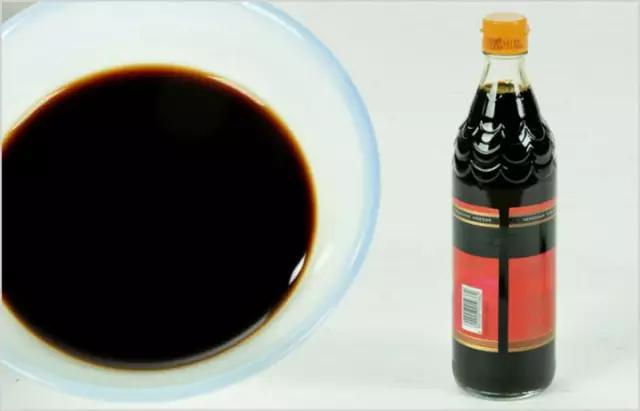
6. Beer cleaning method
Boil about 1400ml of light beer, add 14g of sugar and 28g of beeswax, and stir well to mix thoroughly. When the mixture cools, dip a soft cloth in it and wipe the wood. Once the stains are clean, wipe off the residue with clean water and finally dry it with a soft, dry cloth.
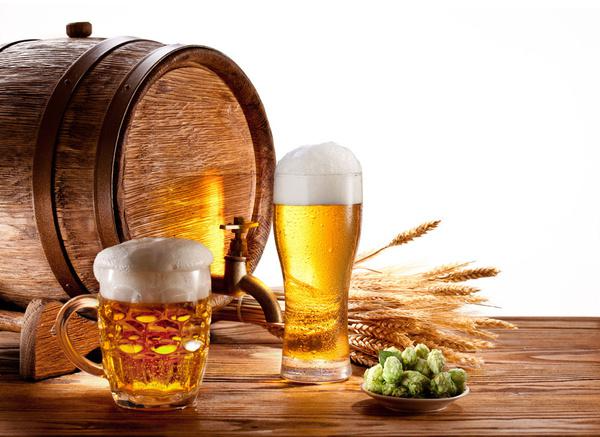
7. Lemon Cleaning Method
If polished or varnished wood is accidentally burned by heat and leaves burn marks, you can first wipe it with lemon slices or a rag dipped in lemon juice, then wipe it with a soft cloth soaked in hot water, and finally quickly wipe it dry with a dry soft cloth to restore its original brightness.
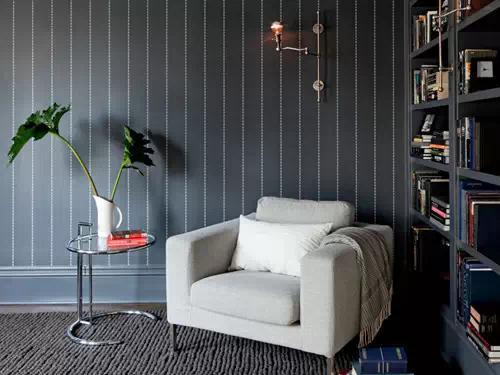
8. Egg white cleaning method
Over time, your white leather sofa may have stubborn stains, leaving you with a headache. To address this, take a small amount of egg white, dab a cotton cloth in it, and repeatedly wipe the dirty areas of your leather sofa or other leather products. This method is particularly effective for cleaning leather, and the egg white also has a polishing effect, restoring the leather's original luster.
9. Glycerol cleaning method
When cleaning furniture, add a few drops of glycerin to the water for a cleaner and more thorough cleaning.
Part 2. Kitchen cleaning tips
For us, the most troublesome thing in cleaning is not the furniture, but the kitchen, which has centralized water, electricity, gas, oil stains, etc. Cooking and tasting food in a clean environment will be more enjoyable.
1. Degreasing spray
Use a commercially available degreaser with a "spray gun" and choose one based on your needs and the stains you want to target.
2. Apply detergent
Apply the detergent directly on the surface of the tiles near the stove wall or the range hood. After drying, a transparent oil-isolating film will be formed, which can isolate and facilitate cleaning.
3. Oil-to-oil method
Use the cooking oil you are about to discard to first smear the oil stains that have remained on the surface of the range hood and the tiles around the stove for a long time, and then use conventional cleaning methods to clean them after a few minutes.
4. Fruit and vegetable decontamination method
Use leftover watermelon peels, apple cores, cucumber stems, etc. to wipe oily areas to remove the oil.
5. Hot alkaline water with detergent
Dissolve a small amount of soda ash in hot water and add an appropriate amount of laundry detergent or detergent. Use this solution to clean heavily oily range hoods or stoves.
Part 3. Essential tips for spring cleaning
There are not only kitchens and furniture in the home, but also various small places, but cleaning them always brings us big trouble. Take a look at these tips and you can save yourself a lot of trouble!
1. How to clean the screen without removing it
Wet the old newspaper with a rag, and then stick the wet newspaper on the back of the screen. After five minutes, remove the newspaper from the screen. You will find that the wet newspaper is covered with dust and stains on the screen.
2. How to remove oil stains from clothes
How do you clean clothes that have been accidentally stained with oil? Place oil-absorbing paper (available in supermarkets) on both sides of the oily area. Then, iron the area where the oil-absorbing paper has been placed. The oil will be absorbed by the paper, leaving the clothes spotlessly clean without the need for dry cleaning chemicals!
3. How to remove oil pen marks from clothes
What should you do if you accidentally leave a ballpoint pen or fountain pen mark on your clothes? Here's a simple and effective solution: Take a cotton swab, dip it in rubbing alcohol, and rub it back and forth over the mark a few times. The mark will automatically disappear. Give it a try!
4. Using green onions to clean glass is more labor-saving
When cleaning the glass of doors and windows, you can first peel the onion and cut it in half, then rub the glass with the cut surface. While the onion juice is still wet, quickly wipe it with a dry cloth. The glass will be clean and bright after wiping.
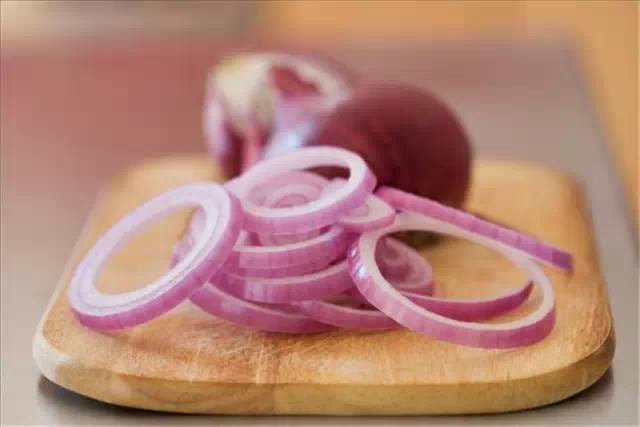
5. Rice water is better than laundry detergent
White door curtains, bed sheets, etc. can be soaked and rinsed with rice water, which has obvious effects of removing dirt and stains and whitening.
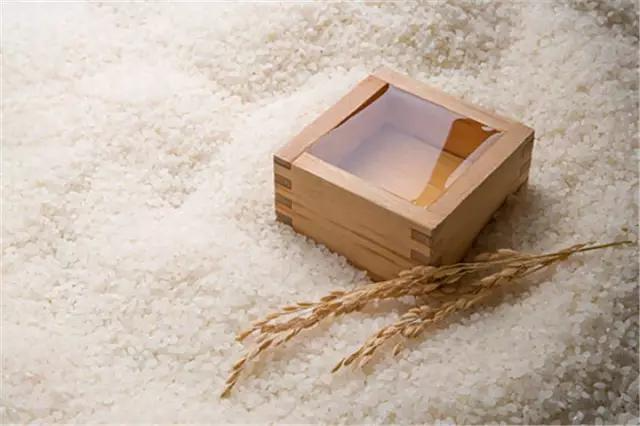
6. Use white paper to wipe dishes
Burn some waste white paper into ashes and use it to wipe bowls, plates, cups and other porcelain items. It has an excellent cleaning effect.
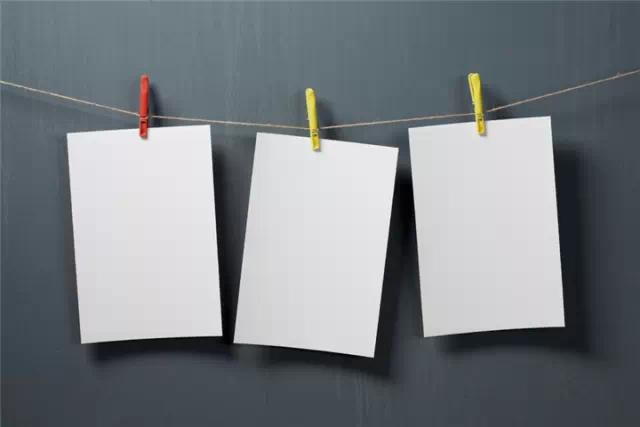
7. There’s a baby living inside the chocolate wrapper
Everyone loves sweet chocolate, and the aluminum foil used to wrap chocolate is also a good helper for cleaning. When cleaning the coffee table, sprinkle some water on the coffee table, wipe it with the foil, and then scrub it with water to remove the tea stains on the coffee table.
